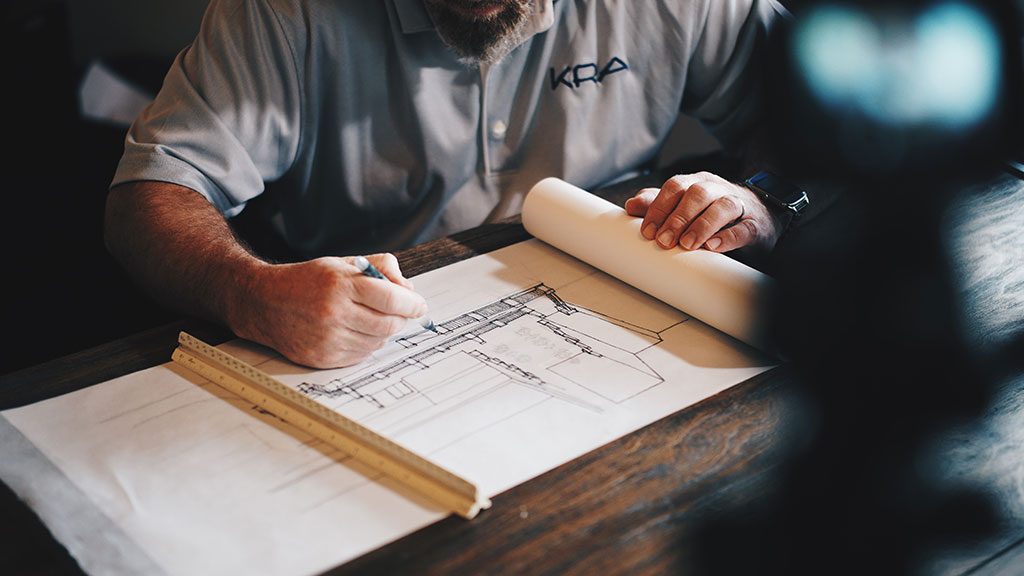Do you run a camp, conduct tours or have a website with activities for youth about architecture, urban planning or anything related to the built environment?
If so, the Toronto Society of Architects (TSA) and the Ontario Association of Architects (OAA) want to hear from you.
The TSA and the OAA recently launched a joint project to better understand the current programming landscape of kindergarten to Grade 12 architectural education and resources in Ontario and Canada. The first step is to identify the programs that currently exist, collect information and the date on each of them through a survey.
“We understand a lot from the programming side, we do a lot of initiatives and activities. They (OAA) are understanding it from the regulators side, so it kind of makes sense to work together,” explained TSA programming director Joel Leon.
“When we started thinking about this, our very first idea was let’s just have a big session with everyone and find a solution. We backtracked a little there and we said, ‘first we need to understand what the problem is, or is there even a problem? Who is doing K to 12 architecture work, because there are actually quite a few organizations out there that are doing interesting programs?’ So we said, ‘Let’s do the survey as our very first step, understand what are the conditions and options out there and then formulate how can we all collaborate and work together to improve and build upon what people have done instead of starting from scratch.’”
Ultimately, the goal is to provide opportunities for connection and collaboration among all these groups, better promote their programming and understand what role different organizations can play, Leon said.
“This is the very big collection moment of data to try to understand what’s out there, what are people doing and what are the challenges they are facing so that we can then summarize the results and also then have a discussion with everyone,” Leon said.
The key criteria to participate is that the groups are currently engaged with K to 12 architectural outreach.
“We don’t have a defined scope or the type of program or the scale of it, but it has to be an actual program that they are doing a little bit beyond ‘I’ve gone to talk to a school about being an architect’ but you don’t have to have a full out non-profit that is doing the work,” Leon said.
All participating organizations will receive a copy of the information compiled and be invited to participate in a Big Think Session this summer.
“We know lots of organizations don’t have the opportunity to talk to one another about this,” said Leon.
“We kind of approach it from the point of view that we know each organization may be suited to do something better than another and there is no point in everyone doing exactly the same thing and repeating work.”
Understanding the gaps is also important, said Leon.
“If we are able to identify gaps that we can then plan on how to fill, that would be really important to us,” he noted. “The end goal is to encourage a bigger public discussion on the built environment and improve the literacy to talk about the built environment, because it is not part of the school curriculum in Ontario.
“That means everyone else has to do a lot of work in order to make sure that we are having these discussions and that when kids graduate, they have a basic understanding about the built environment, how it works, how it influences daily life and how they can influence it. If we can improve the discussion and that architecture is not this big scary subject that no one knows exactly what it is, other than it’s buildings, we would have achieved our goal.”
Collaboration is also key.
“Usually organizations try to solve this problem on their own. I think we’re going to get a lot better results if were all working together on this,” Leon concluded.
Interested organizations are invited to contact Leon by Tuesday, April 11 at tsa@torontosocietyofarchitects.ca to participate.











Recent Comments